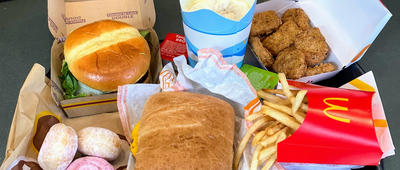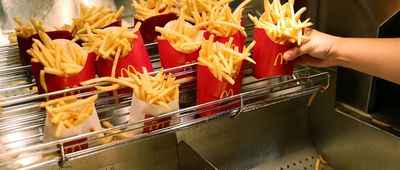Dishing It Out
A decade ago, as the Great Recession was ending, there was a great amount of uncertainty about how we would move forward as a country. Luckily, there has been a lot of moving forward, including and especially when it comes to food trends and dining out. In fact, in 2019, restaurant industry sales will reach a record high of $863 billion, according to Hudson Riehl, senior vice president of research for the National Restaurant Association. Read on for 15 ways restaurants have changed over the past decade, plus how they might continue to change in the following decade. (For a look at recent hits and misses, here are 30 Best and Worst Menu Items of 2019.)
























